Honors Cottage (1890)
Historical note: The Honors Cottage is the oldest building erected on the UNI campus that is still extant.
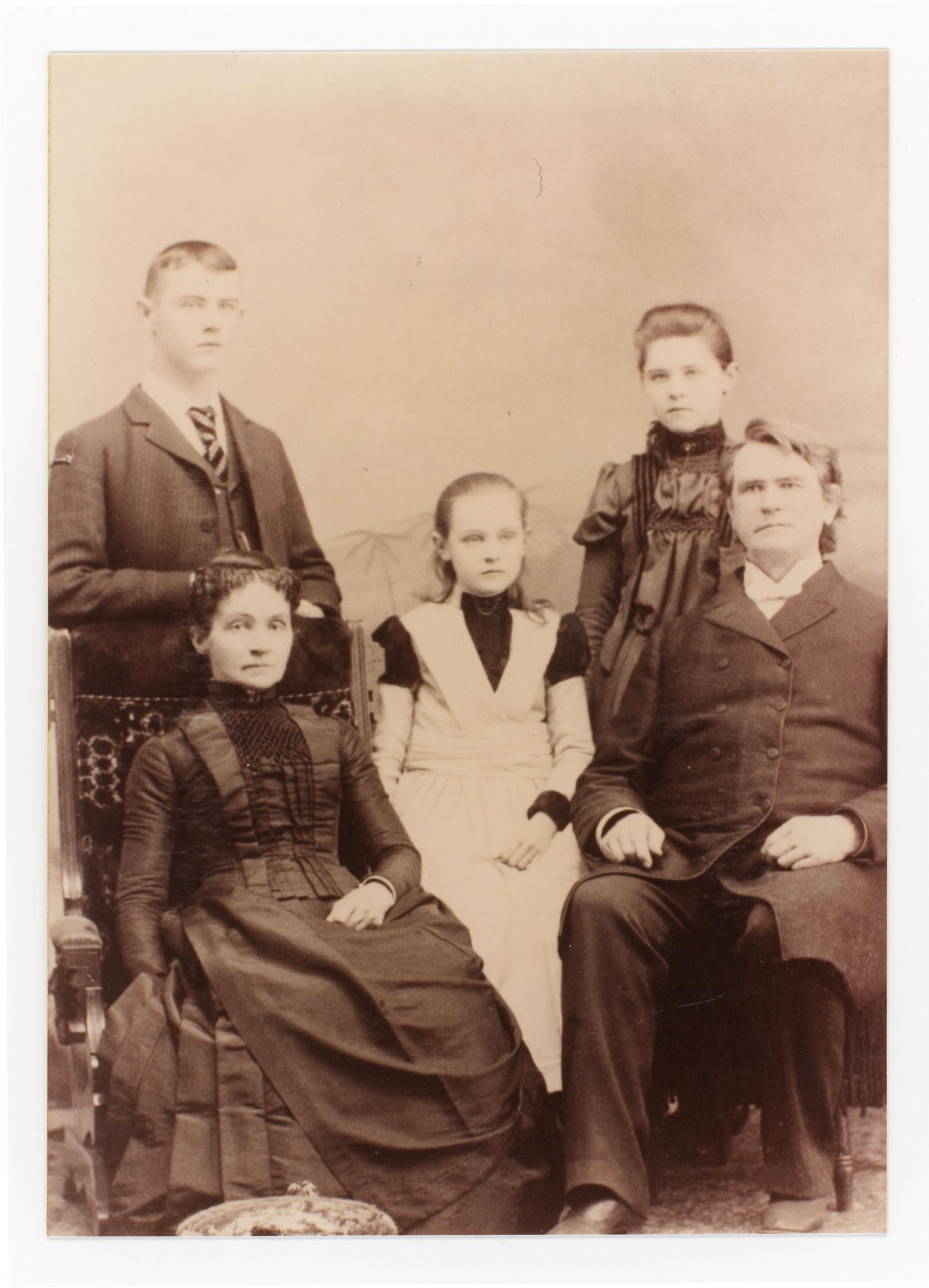
When the Iowa State Normal School opened in September 1876, most school functions were housed in the single, large building later known as Central Hall. That building contained classrooms, a small assembly area, a dining hall, and residence facilities for many students. There were even apartments for the school principal and his family, as well as some of the members of the faculty.
When the second major building, later known as Gilchrist Hall, was completed in 1883, the principal and his family moved into apartments in the new building. In retrospect, it may seem odd for the head of a collegiate institution, and his family, to live in a college classroom building and residence hall. However, college officials of those days were expected to be readily available for school crises at any hour of the day. Students frequently sought the counsel of Principal Gilchrist and his wife Hannah when they were homesick, troubled about schoolwork, or, perhaps, sorting out romantic attachments.
Modern readers should also consider the sheer isolation of the campus in the 1870s and 1880s. Prairie, savannah, pasture, and cultivated land extended as far as one could see to the east, south, and west. Even to the north, toward the village of Cedar Falls, the land was open at least as far as Twelfth Street. Roads were rough; transportation was difficult. Consequently, campus problems tended to be taken care of on campus. Principal Gilchrist and his wife were usually the ones to settle them.
Principal Gilchrist left his position in 1886, after ten years as Principal. He was succeeded by Homer Seerley, who had been serving as Superintendent of Schools in Oskaloosa. Mr. Seerley, his wife Clara, and their three children moved into the principal's apartment in Old Gilchrist Hall. In 1888, a Visiting Committee from the General Assembly came to campus to inspect the facilities. In addition to making recommendations on ventilation, waste disposal, and the water supply system, the Committee stated that the President's living quarters needed considerable improvement:
- " . . . the principal and his family were compelled to live in two small rooms of the new building, with only an extra room across the hall for bedroom; and that even in this crowded condition he allowed one lady student to room with them."
Clearly, a perception was coming into focus that a classroom building might not be the best location in which to raise a family. This issue did not seem to arise for Principal Gilchrist. However, President Seerley's family, which included a newborn, was considerably younger than the Gilchrist family. Perhaps it was just as much a matter of the Seerleys disturbing college students as it was that college students would disturb the Seerleys.
Just as important, though, the school, due to increasing enrollment, needed all the classrooms that it could find. This meant that even the meager allotment of space occupied by the Seerley family in Gilchrist Hall needed to be refitted for classrooms. The Normal School Board of Directors addressed the 1890 General Assembly about this problem:
- "We cannot much longer induce anyone fitted by education and skill to fill the position of presidency of the normal school, to give up the comforts and privacy of his own house and consent to bring up his family without the restraints and influences which are so potent in every well-regulated home . . . the president has no time which he can call his own, and is never free from interruption . . . regulations which . . . must be unsuited to a family of little children . . . [a new home] was a matter of justice to the president and of usefulness to the school."

The General Assembly was apparently persuaded by the argument. Included in the biennial appropriation for the Normal School in 1890 was $6000 to be used for a "president's cottage." At the Normal School Board of Directors meeting on April 18, 1890, President Seerley and Resident Director Fields were requested to seek plans and specifications for a new house "from local architects if possible." By the time of the next meeting, on May 20, 1890, J. E. Robinson and W. A. Robinson had each submitted plans. The Board favored the plans from W. A. Robinson, with bids to be considered at the June meeting and work to be completed by October 1, 1890. The Board also determined that "the cottage be located near the North East corner of campus facing the street." W. A. Robinson would receive $75 for his plans and specifications.
On June 10, 1890, the Board rejected all bids for the project. Exactly what displeased them is now unclear. However, immediately after rejecting the bids, the Board invited Mr. J. E. Robinson to join them in their meeting. Mr. Robinson arrived shortly thereafter. He and the Board held a discussion, and then Mr. Robinson left the meeting to allow the Board to deliberate. After he left, the Board awarded the contract for the work of building the President's Cottage to J. E. Robinson. Work would follow the plans of W. A. Robinson, except that some of the brick would be local, with only the outer layer being Gladbrook brick. In addition, the Board would bear the expense of excavating the foundation as well as hauling brick, foundation stone, sand, and window frames to the building site. J. E. Robinson would furnish the rest of the materials and would be paid a total of $5000 for the work and materials.
Work apparently went smoothly. On December 4, 1890, the Board accepted the Cottage from J. E. Robinson and released his bond. The Board gave the remainder of the Cottage Fund, about $450, to President Seerley to be used for furnishing the Cottage.

The new building was a source of some pride to the campus. The student newspaper, the Normal Eyte, offered a brief description of the cottage in January 1892. The building was built of brick on a boulder foundation. It measured 54 X 38 feet and had a slate roof. The heating system combined steam and hot air. Water came from the city system. There was also a cistern to collect rainwater. The full basement included a furnace room, a vegetable room, and a laundry. The first level included two parlors, a study, and a kitchen. The second floor included bedrooms, a bathroom, and a sewing room. There were porches on the east and south sides.
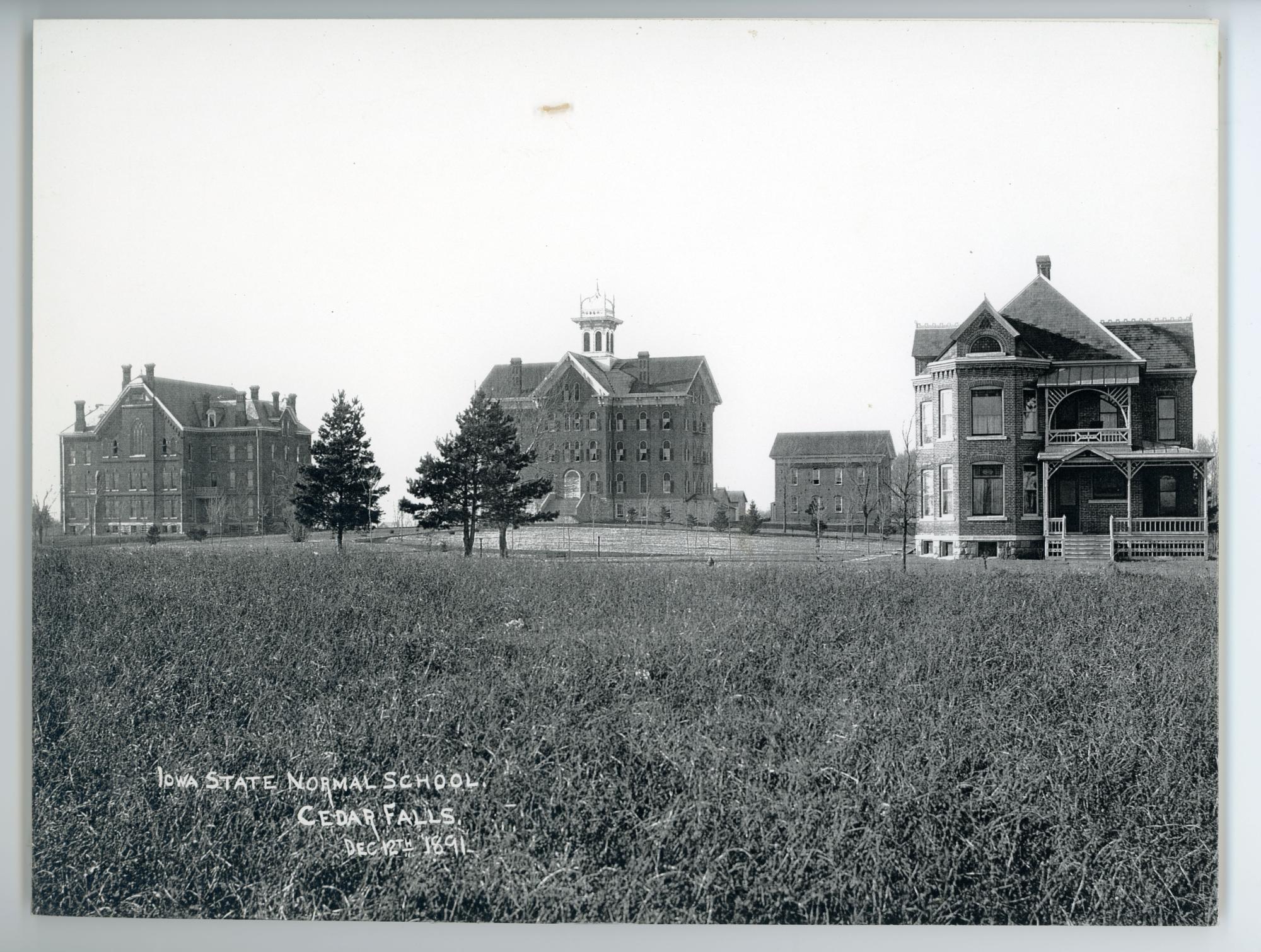
On August 21, 1896, a storm, possibly a tornado, swept across campus causing about $1000 in structural damage. Included in that damage was a chimney that was blown off the President's Cottage.
The President's Cottage saw a busy family life for many years. Mrs. Seerley's family, the Twaddles, visited regularly. Mrs. Seerley also took her turn as hostess for the local Cottage Reading Circle.
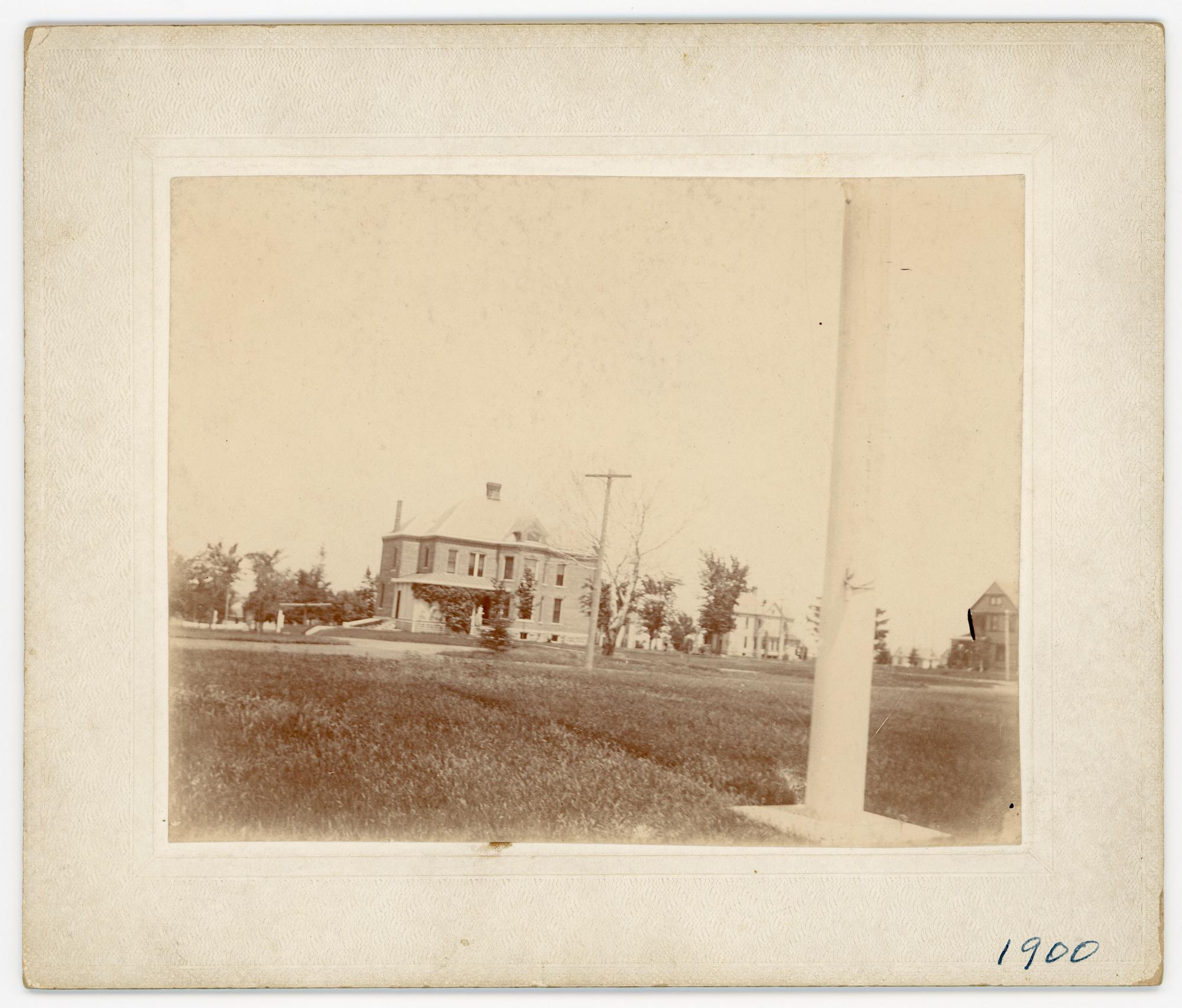
The Seerleys invited graduating seniors to their house at the close of each term. The house was also likely the scene of a most blessed event when the Seerleys' youngest child, Marion Homera, was born in November 1892. She was a beautiful child and, apparently, something of a campus darling. Unfortunately, she died, probably in the Cottage, after only a short illness, on August 15, 1899.

By early 1908 there were plans for a larger and more gracious home for the President. It would be several years before these plans would come to fruition. However, school officials began to consider what should be done with the old Cottage. Relatively early consensus seemed to be that the structure could be converted into a hospital for college students. That consensus was confirmed by the Board in September 1909. As soon as the Seerley family moved into the new President's House, the old building would be converted into a hospital, with a nurse and a housekeeper. There had been a perceived need for some time that there should be a way to isolate students who were seriously ill. Confining them to their rooming houses did not seem to be an adequate response. What is more, the college made an insurance plan available to students: for $1 per term, students would be able to use the hospital, if the need arose. In addition, hospitalized students' room and board fees, about $3 per week, would go to the hospital. Students who chose not to pay the fee would be treated at the hospital for about $7 per week, if space allowed.
The former President's Cottage opened as the College Hospital on November 2, 1909, with Anne Potter, an experienced nurse, in charge. The student newspaper reported in late December 1909 that four students were then in the hospital, including a student recovering from an appendectomy. In that same newspaper, President Seerley outlined the administrative organization of the hospital.
- The President was the chief executive of the hospital.
- The administrative management of the hospital was assigned to the Dean of Women, the Head Nurse, and the hospital housekeeper.
- The hospital would assume no responsibility for treating those with small pox or other serious contagious diseases that were under the authority of the State Board of Health.
- The College would permit any "reputable, authorized, practicing physician" to treat patients in the hospital, but patients would be responsible for any associated charges or fees.
- The President's Office was responsible for admitting patients to the hospital
News of students who were resting or convalescing in the hospital soon became a regular part of the "Local News" section of the student newspaper. Sometimes descriptions of medical problems were vague, but specific problems included diseases as serious as typhoid fever. The program was successful enough that the hospital remained open during the summer session of 1910. The University of Iowa inquired about the program, especially the voluntary insurance plan. Also in the summer of 1910, officials from the city of Cedar Falls conferred with the Board of Education about the possibility of coordinating in the construction of a joint city/college hospital.
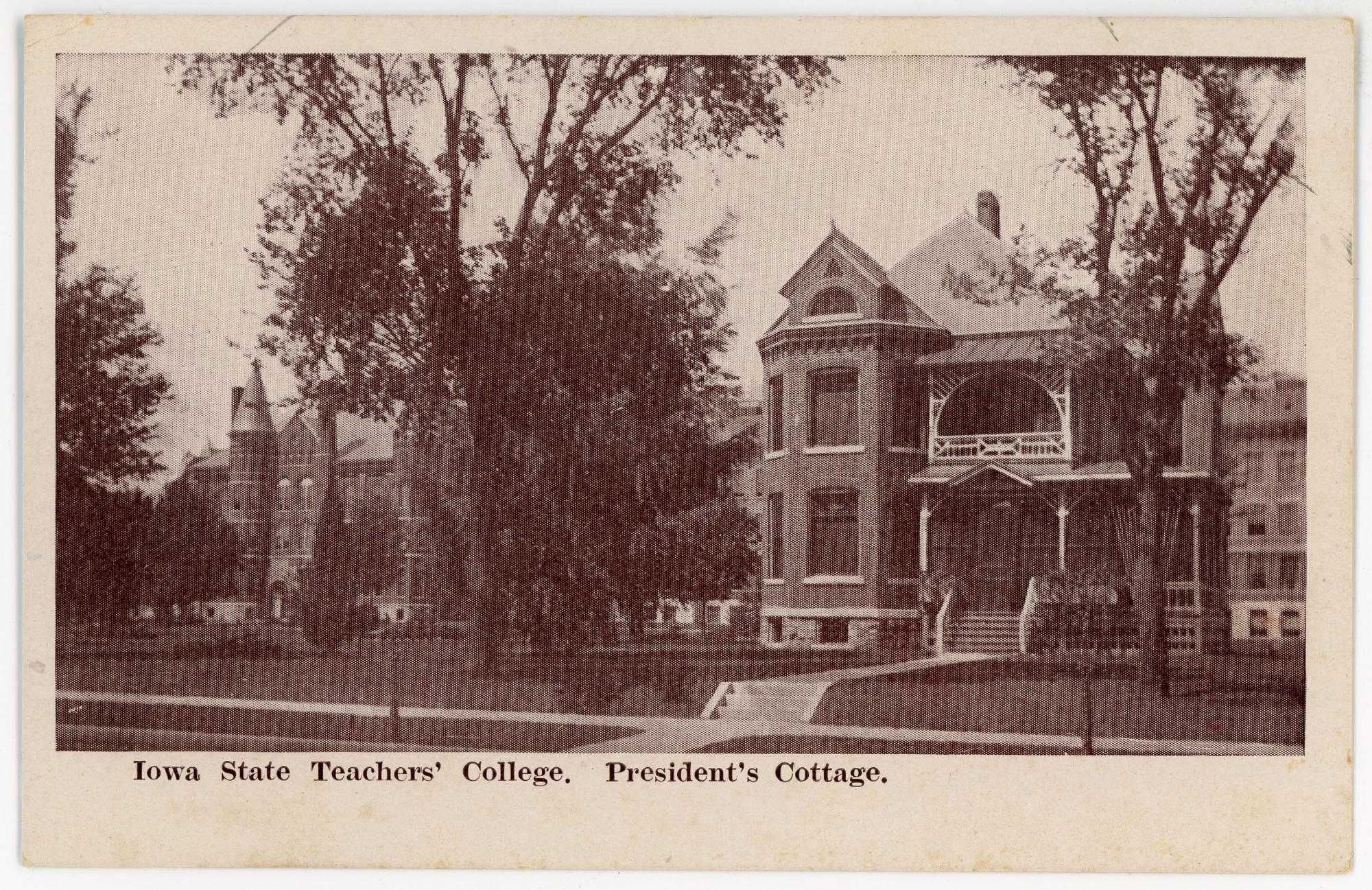
November 1911 saw a serious outbreak of typhoid fever that overwhelmed the capacity of the College Hospital. By mid-November, at least twenty students had the disease, which is often associated with contaminated water. The College Hospital was full, as was a College Hill rooming house, which had been rented by the College, at 2521 Walnut Street. If the disease spread much more, there were plans to use the Gymnasium as a temporary hospital. By November 22, three students had died, including two at the College Hospital. The nasty outbreak only gradually diminished. It was not until mid-January 1912 that the College gave up its lease to the rented house on Walnut Street and brought the last of the patients back to recover at the College Hospital on campus. The state employed at least twelve nurses during the outbreak.

In May 1912, the Board of Education authorized the construction of a new "emergency" hospital building to be used exclusively for students with serious contagious diseases. The building would be 28 X 32 feet and would accommodate fifteen patients. Superintendent James E. Robinson would be in charge of construction. Most of the work on this building seems to have been accomplished during the summer and early fall of 1912.

The college seems to have used this two building system for the next few years. The former President's Cottage was open just about all of the time and was used for relatively routine, non-contagious patients. The emergency, or "detention", building was open as needed and was used for more serious matters. In 1917, for example, the detention hospital opened after Christmas and did not close until May. When an editorial writer for the College Eye outlined plans for necessary campus improvements, he included a new or greatly expanded hospital system among his suggestions. The writer believed that the current capacity--ten patients in the old building and twelve in the new building--was inadequate.
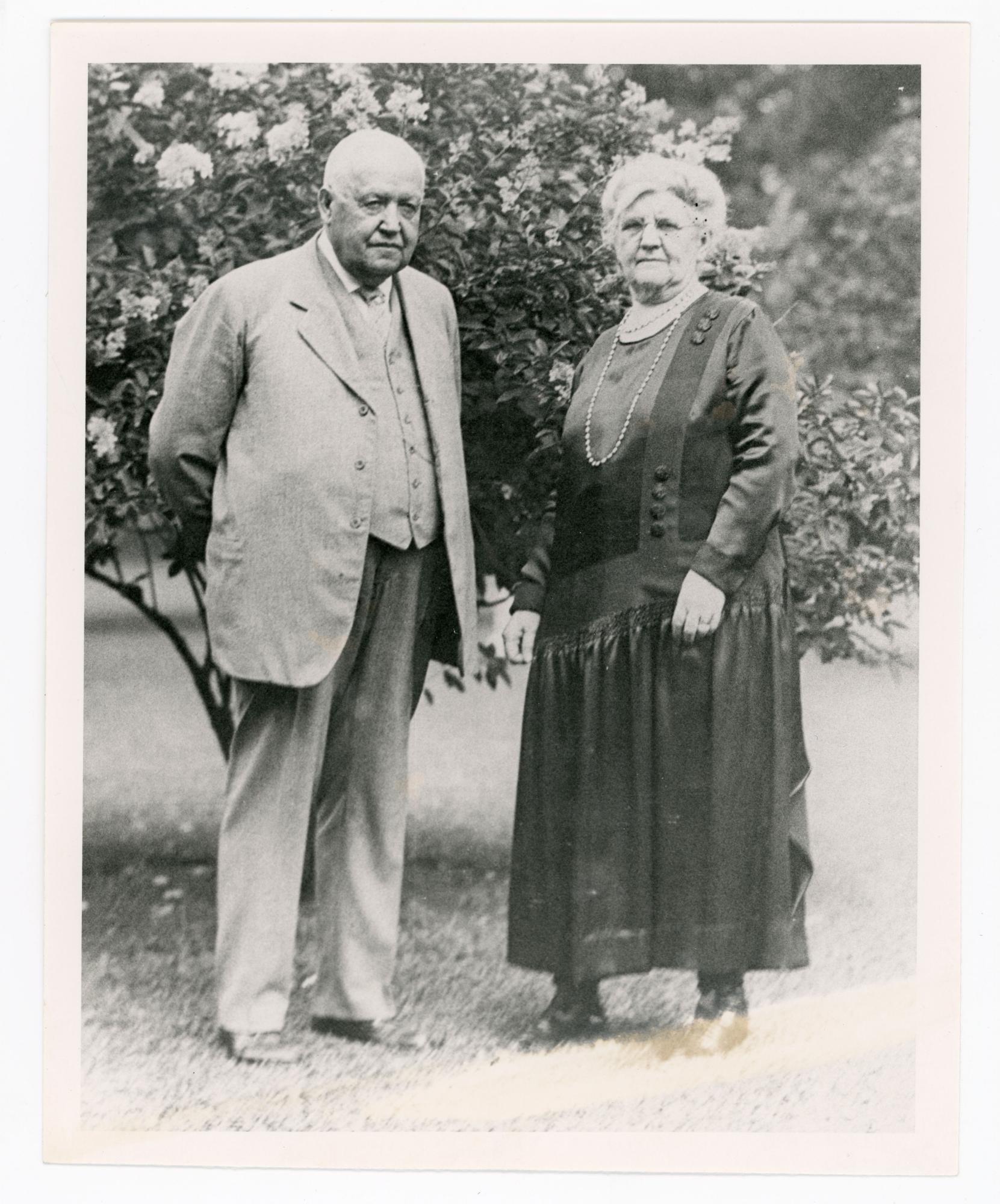
Five years later, in 1924, the new campus hospital arrangement was in place. Two houses were moved to campus to join the 1912 building in forming the hospital complex on the south edge of campus.
The old College Hospital building (the former President's Cottage) was to be turned over to the Department of Home Economics to be used as a model facility for home management. If that program did get underway, it was short-lived. In March 1926 the college learned that it was the recipient of a $22,500 grant from the Laura Spelman Rockefeller Memorial. The grant, whose work would begin in September 1926, would focus on child study and parent education. The work would be conducted by the Department of Teaching and the Extension Service. The old President's Cottage was remodeled to accommodate work with pre-kindergarten children. Professor Ilse Forest and Marjorie Momyer were in charge of the effort, which was considered pioneering work in its day. This nursery was used as a site for laboratory experience in a course called "Child Development"; ISTC students observed and did practice teaching with the children at the nursery as well as with K-4 students in the Training School.
The end of the grant coincided with President Seerley's announcement that he would retire in August 1928. He had served as president of the college for forty-two years, since 1886. State officials were puzzled about what their responsibilities might be to the President. The state had no formal retirement plan, nor was there any precedent on the ISTC campus about what a former President should do or where he should live. Ultimately, the Board decided to remodel the former President's Cottage and to allow President Seerley and his wife to live there after his retirement. In late August, President Seerley moved back into the old cottage, where he, his wife, and family had lived from 1890 until 1909. The Seerleys were happy with the remodeling work, especially the library. They were pleased to be able to remain close to their many friends. President Seerley suffered a stroke on January 20, 1932, but recovered well. He became ill again in November and died in his home on campus, the old President's Cottage, on December 23, 1932. Services were held at his home before burial in Fairview Cemetery, Cedar Falls. President Seerley's widow, Clara Twaddle Seerley, remained in the house until her death in November 1934. Services were held at the house before her burial at Fairview Cemetery.
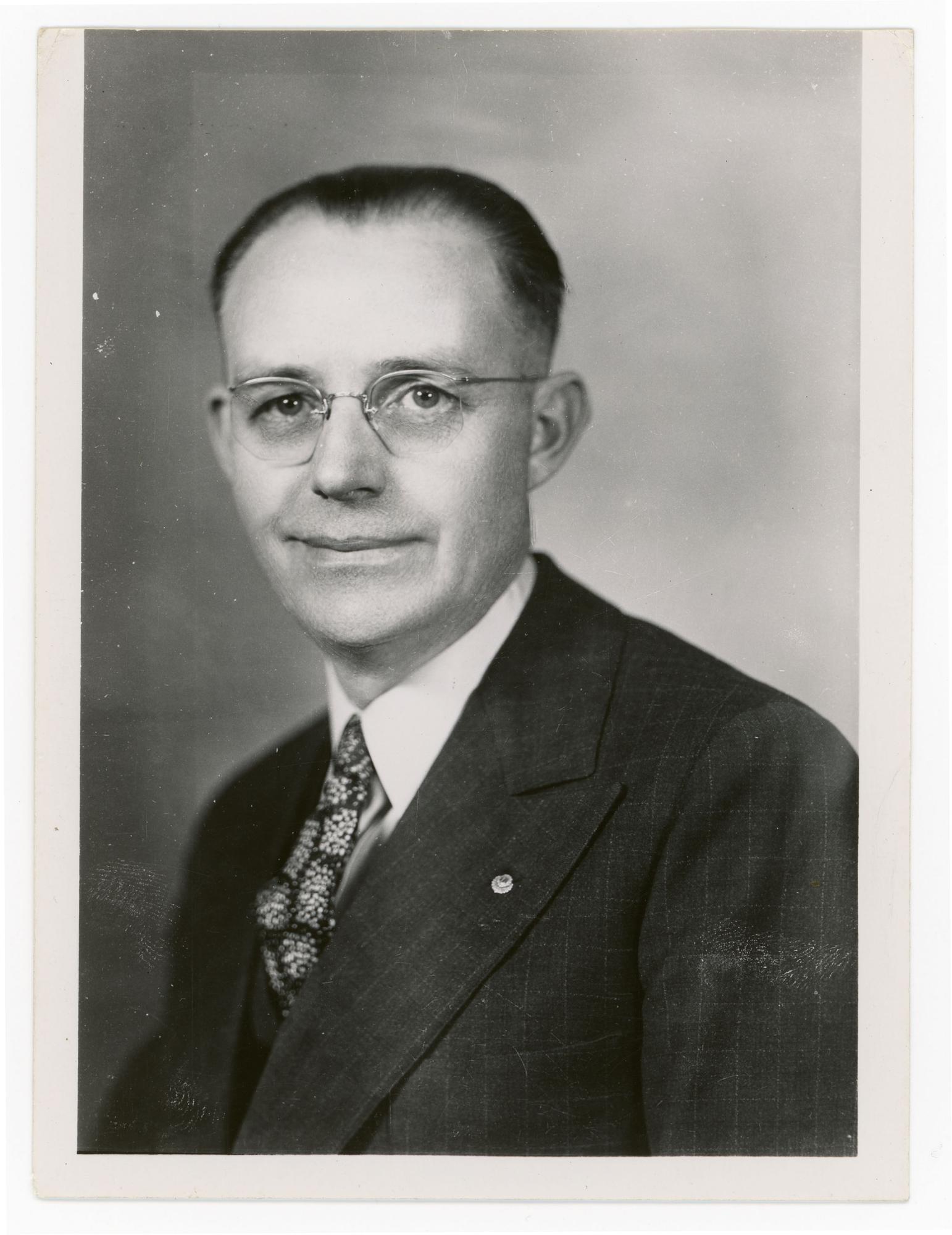
Probably by the fall semester of 1935, Dean of the Faculty (later Dean of the College and Dean of Instruction) Martin J. Nelson and his family had moved into the house. President Latham had developed the position of Dean of the Faculty as part of his administrative organization plan. It corresponded to a certain extent to the current position of Vice President for Instruction and Provost.
Dean Nelson and his wife Cora had two children: Morton and Joyce. They also enjoyed the company of at least two English bulldogs while they lived in the house: Queenie and Queenie II. The first Queenie had the disconcerting habit of lying down in the center of College Street. The Nelson family lived in the house until 1959, when Dean Nelson retired.
When he was appointed to succeed Martin Nelson as Dean of Instruction and Dean of the College in 1959, Vice President William C. Lang and his family moved into the house.
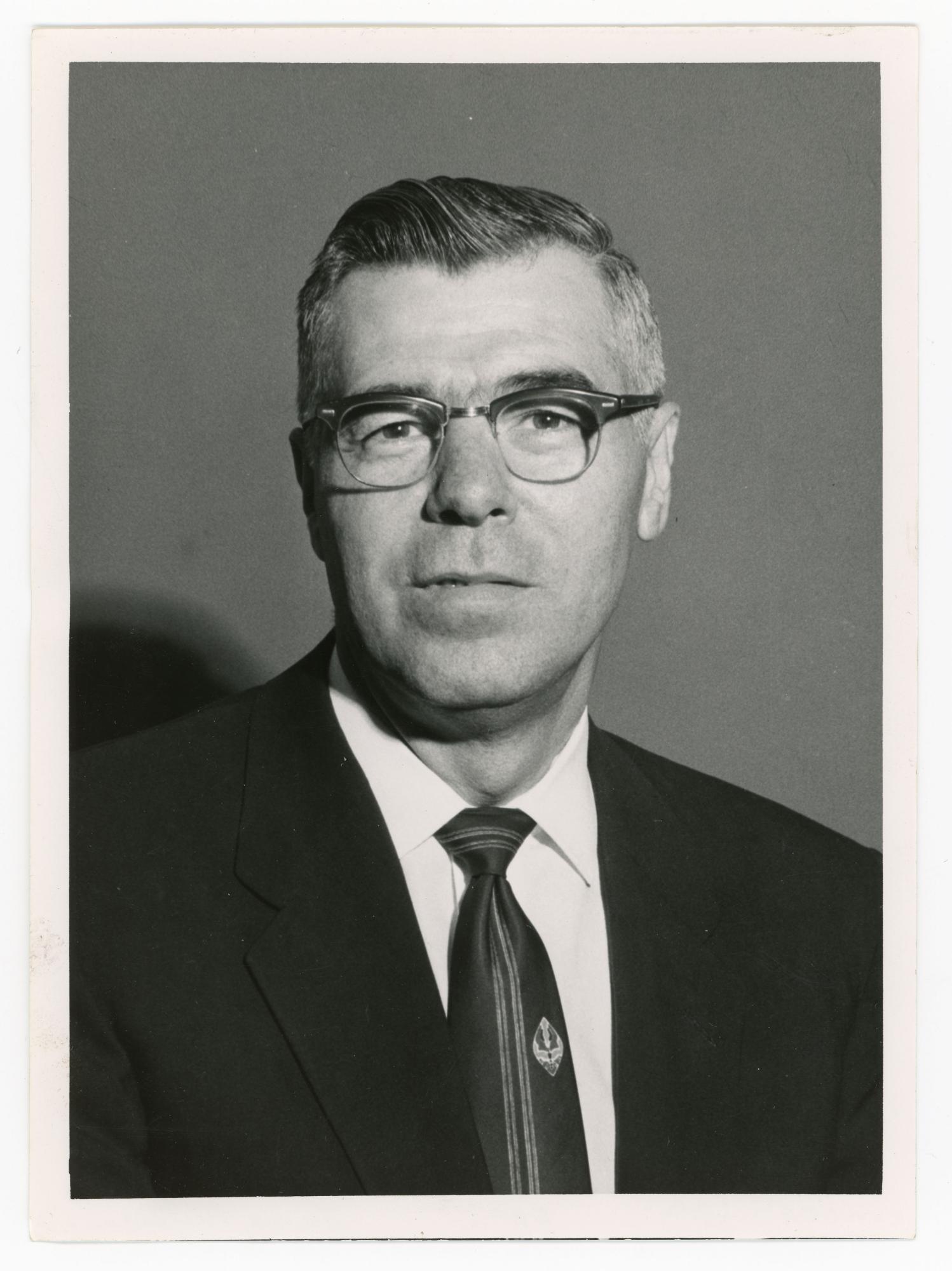
Dean Lang and his wife Esther had two daughters: Barbara Ann and Mary Margaret. In 1966 a reporter from the College Eye interviewed Mrs. Lang in the house. Mrs. Lang began by noting that the house was not provided free by the college to the Deans. Rather, both the Nelsons and the Langs paid rent and furnished the house themselves. The families used the house primarily as a residence, though they would hold occasional receptions there. Mrs. Lang said that the library, kitchen, parlor, and dining room were located on the first floor. The upstairs included three large bedrooms. Mrs. Lang wondered at the campus history that must have taken place in the house.
When William Lang announced that he would be stepping down from administration to return to teaching in 1970, the house was again be available for other uses.

In December 1969 the Board of Regents had authorized the idea of a "culture house" or "culture center" at UNI. But funding, either private or public, was very questionable. In the spring of 1970, President Maucker advanced the notion that the former Dean's Residence could be the culture house. In June 1970, the Board of Regents endorsed this idea.
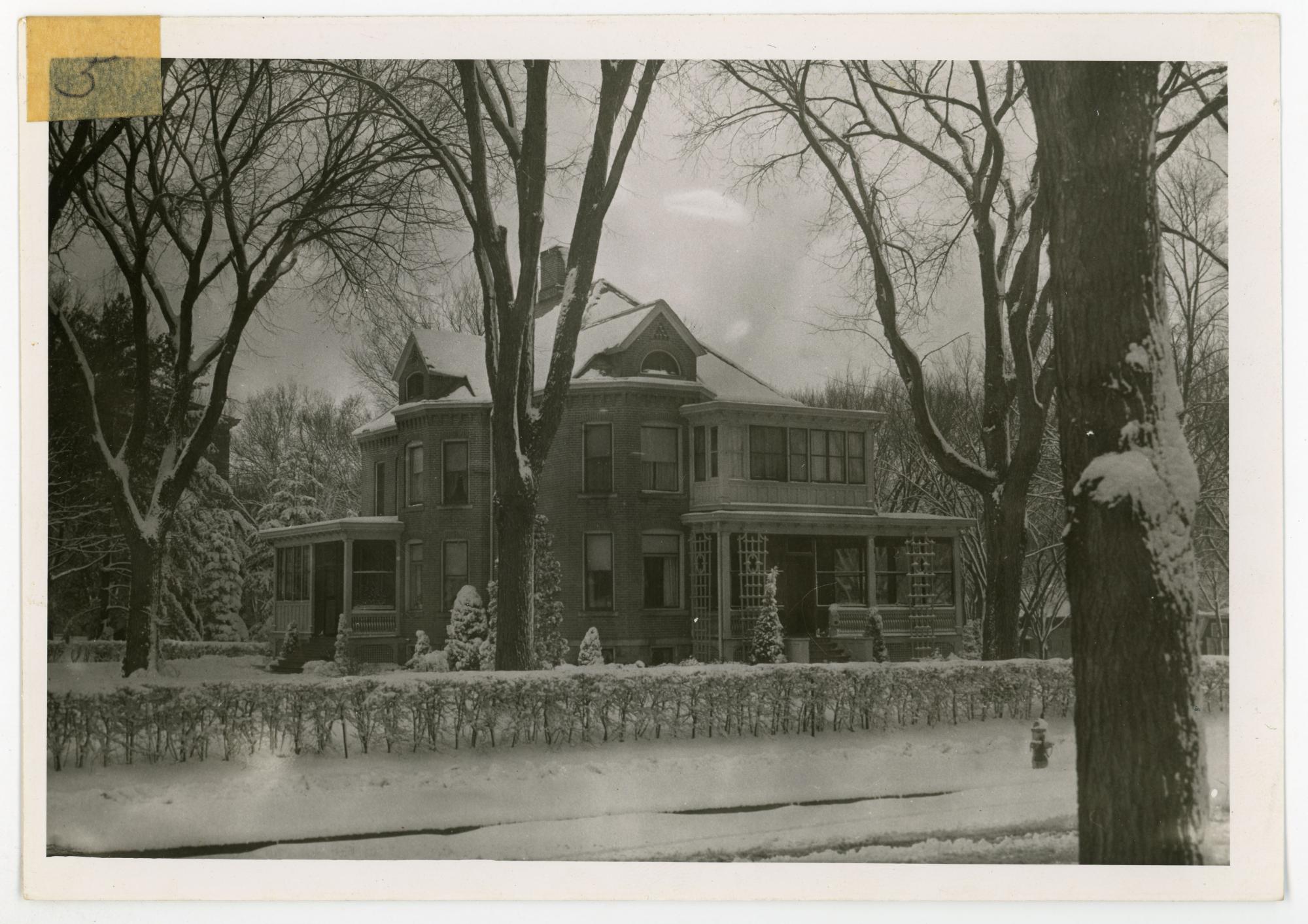
Raising money for redecoration and then hiring staff took quite awhile, but on February 23, 1971, the Ethnic Minorities Cultural and Educational Center officially opened.
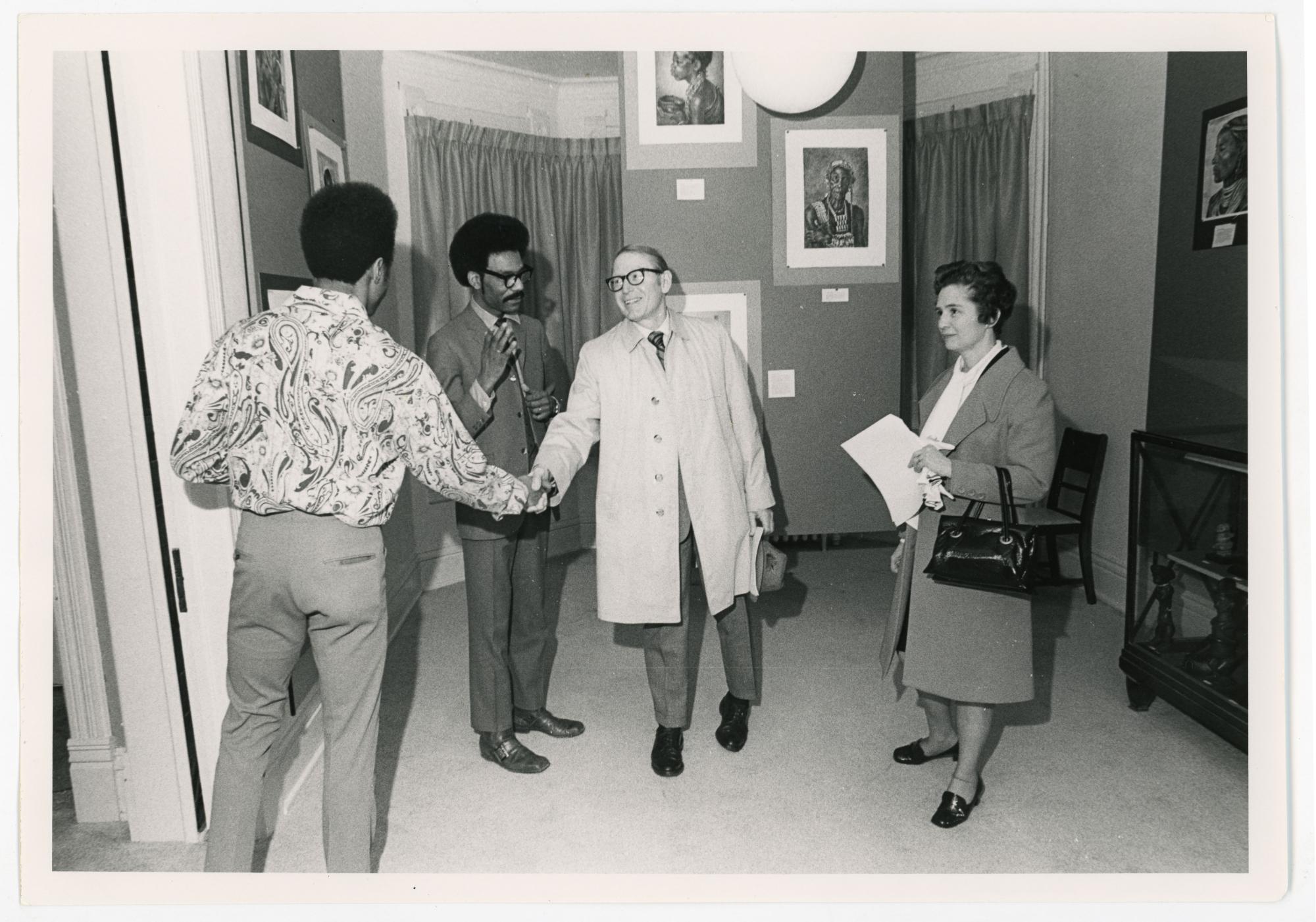
The purpose of the facility was to provide a place for minority students to meet, to share concerns, and to teach others about their cultural heritage. For more than thirty years, the students and staff at the EMCEC provided an amazing program of speakers, music, exhibitions, readings, variety shows, discussions, and other kinds of events that gave the campus community opportunities to learn about minority cultures.
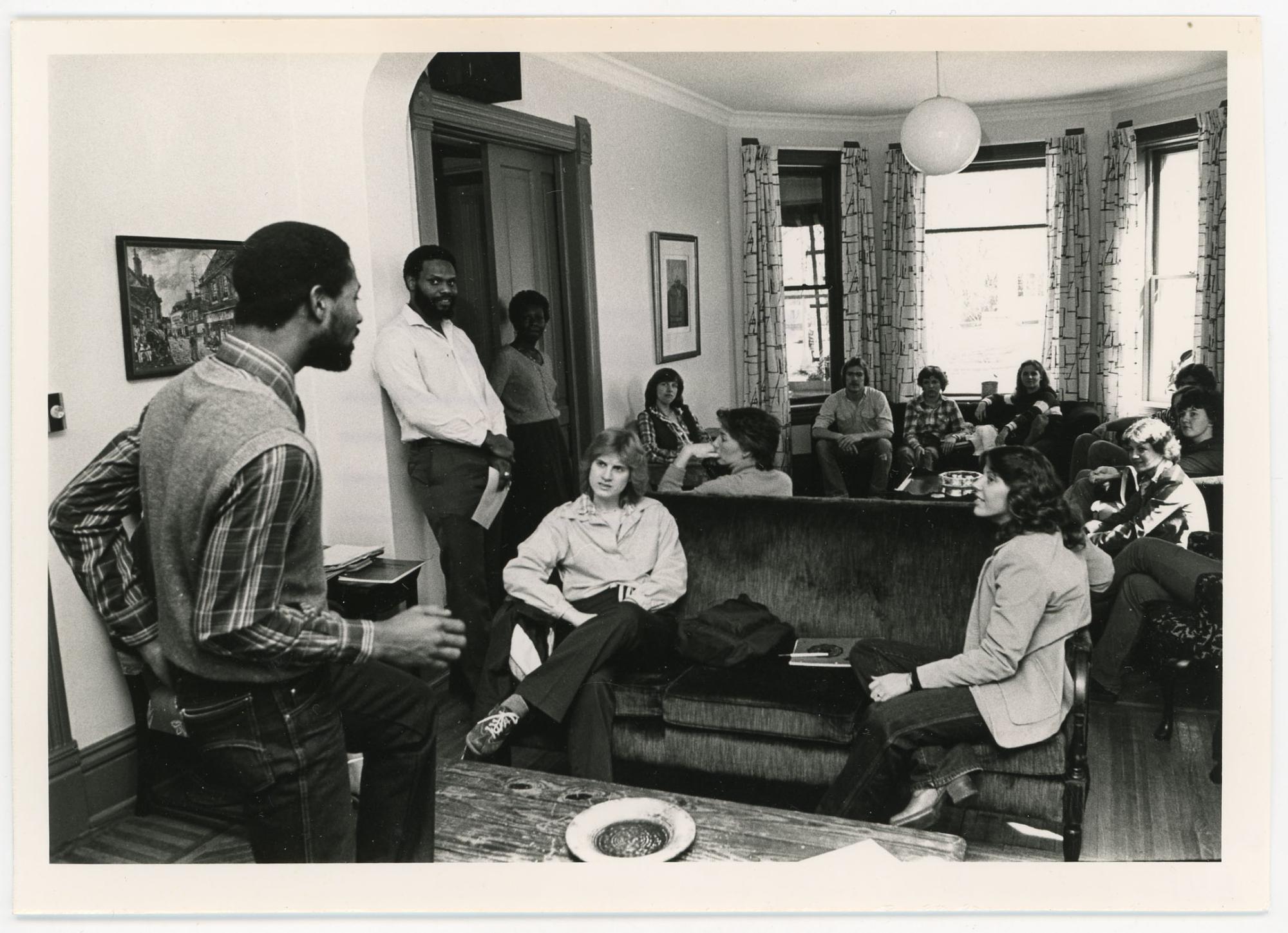
But the old building had never been an ideal solution to serve as a home for cultural minority programs. It required constant repairs and upgrades. It was relatively small. It stood on the edge of campus. Its physical layout made certain kinds of programming difficult. Therefore, a new Center for Multicultural Education, dedicated April 29, 2004, was included in a major addition to the Maucker Union. With this spacious and attractive new faculty open, the old EMCEC was again without a tenant.
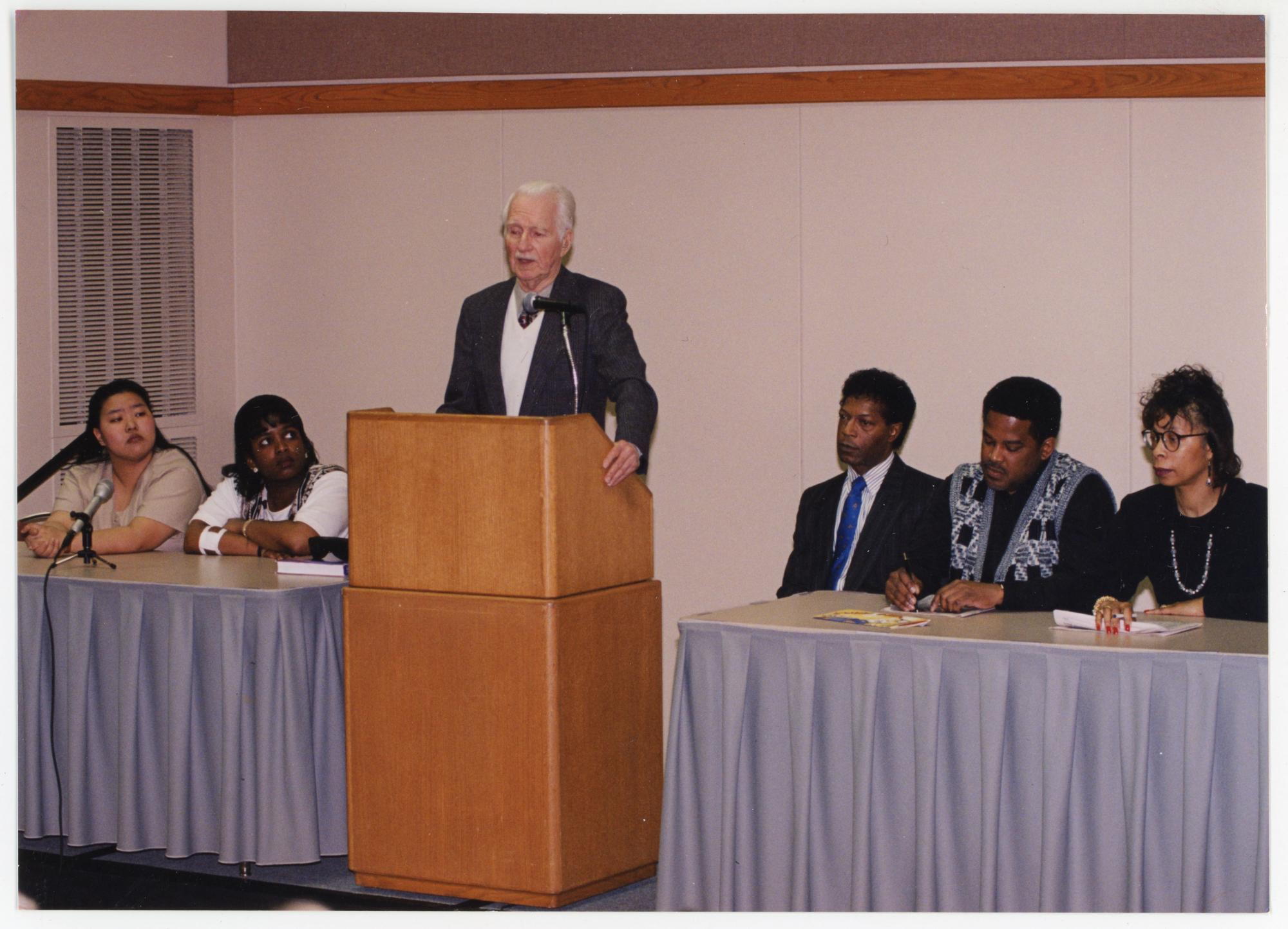
Currently the building is known as the Honors Cottage. It housed the University's honors program until that function was relocated to an accessible space in Bartlett Hall in the fall 2022 semester.
Compiled by Library Assistant Susan Witthoft; edited by University Archivist Gerald L. Peterson, Special Collections and University Archives, July 1996; substantially revised by University Archivist Gerald L. Peterson with scanning by Library Assistant David Glime, January 2007; photos update and citations added by Student Assistant Nicholas Steffens, November 1, 2021; updated by Jaycie Vos, Feb 2023.
